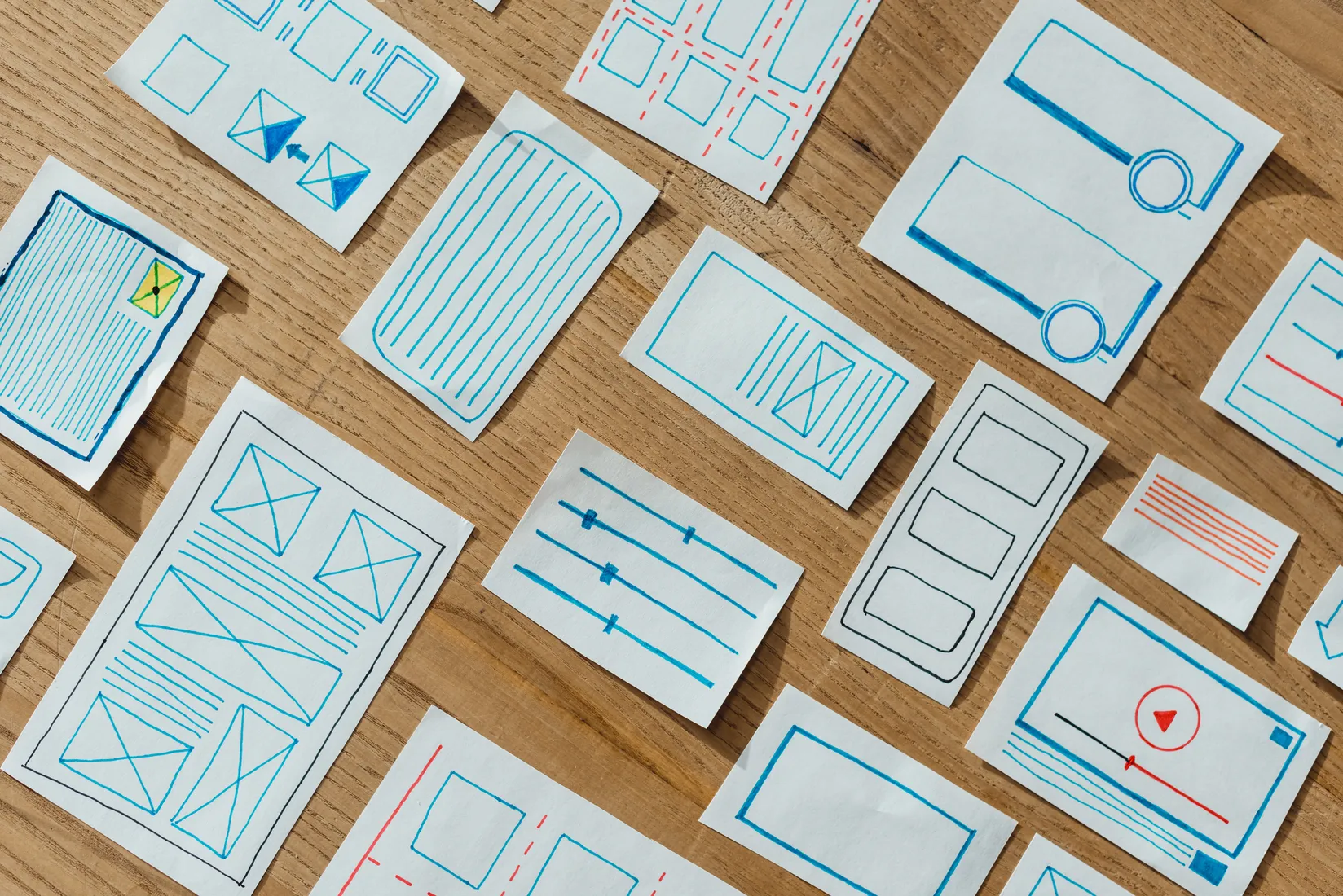Introduction
In today’s hyper-digitalized world, UX design is more vital in the financial success of websites, mobile apps, and other digital content and services. The benefits of user experience design (UX design) in improving brand image, conversion rates, and user satisfaction cannot be overstated. We’ll explore user experience (UX) design’s many benefits and how it might improve the digital world in this in-depth piece.
The Benefits of UX Design
The design of the user experience confers a plethora of advantages, many of which go much beyond what is immediately apparent. In this article, we will discuss some of its primary benefits, which are primarily responsible for its status as a vital component of every digital project.
Improved User Satisfaction
When using a website or app, users want to find what they need fast and easily. The user experience (UX) design meets these expectations, increasing user enjoyment. Simple navigation, intuitive interfaces, and clear information presentations make the experience effortless.
Higher Conversion Rates
Well-designed user experiences keep consumers happy and boost conversion rates. If UX design creates a clear and compelling experience, site visitors may become customers or newsletter subscribers. Firms make more money and earn greater investment returns.
Enhanced brand loyalty
A good encounter with a product or service builds brand loyalty. A user is more likely to return to a website or app after a good first impression. This applies to apps. This dedication may lead to long-term consumer relationships and advocacy.
Reduced bounce rates
High bounce rates—how quickly users leave your website—may hurt your online exposure. User experience design can lower bounce rates by directing users to relevant content and keeping them engaged. This will improve your website’s search engine ranks.
Competitive Advantage
In the crowded digital environment, companies who prioritize user experience design have an advantage. Websites and apps with great experiences attract users. Differentiating yourself from competitors could transform your business.

Cost Savings
User experience design may seem unneeded at first, but it may save money over time. Finding and fixing usability issues early in the design process can save money on costly redesigns and upgrades.
Accessibility Compliance
As digital platform accessibility becomes more crucial, UX design ensures that websites and apps are inclusive and accessible. This expands your user base and simplifies regulatory compliance.
Data-Driven Decision Making
Human experience design relies heavily on data and human feedback. Data-driven design guarantees that your digital products react to customer demands and preferences, improving them over time.
Conclusion
User experience design benefits all aspects of an organization’s online presence, not only digital technology. In today’s competitive digital environment, UX design improves brand loyalty, conversion rates, user satisfaction, and cost savings. If they prioritize user-centric design and accept its benefits, businesses can prosper in the competitive Internet market.
FAQs (Frequently Asked Questions)
Q1: Why is UX design essential, and what does it entail?
User experience design, or UX design, is concerned with making digital products simple to use, intuitive, and pleasurable for consumers. It is significant because it raises conversion rates, strengthens brand loyalty, and improves customer pleasure.
Q2: How can UX design help my company?
Your company may gain a competitive advantage, improve customer happiness, increase conversion rates, and decrease bounce rates by using UX design. Additionally, it saves money by avoiding expensive redesigns.
Q3: Does UX design apply to applications and websites?
No, UX design applies to various digital goods, such as hardware interfaces, software programs, mobile apps, and websites. UX design is beneficial for any digital product that communicates with consumers.
Q4: What part does user input play in the design of UX?
In UX design, user input is essential since it highlights pain spots, preferences, and usability problems. It directs design enhancements and guarantees that digital goods meet user requirements.
Q5: How can I assess if a UX design is successful?
Metrics such as user satisfaction surveys, conversion rates, bounce rates, and user retention may be used to gauge the effectiveness of UX design. UX design efforts may be evaluated for effect by analyzing these metrics.









